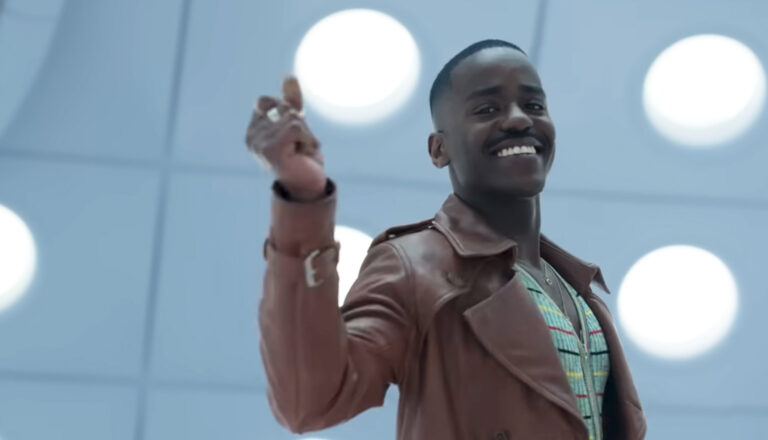
Doctor Who
The good Doctor’s been flitting around time, space and the BBC since 1963. Now he’s also a fixture in the US, toting his curiously British brand of sci-fi in his highly mobile TARDIS. Just how safe is this contraption?
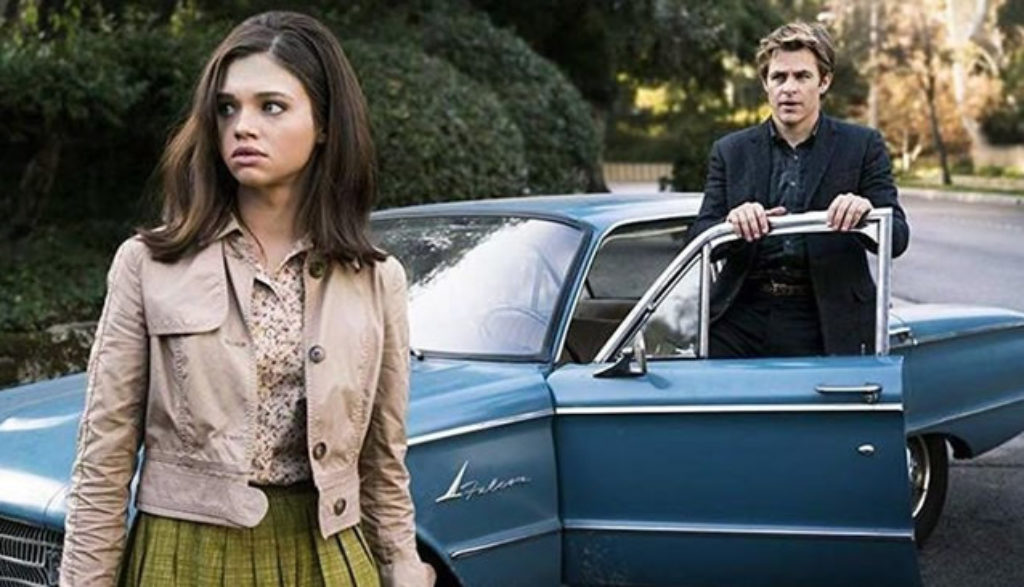
More than 17,000 people were murdered in 2017—1,830 in California alone. Each is a tragedy, of course. But if we’re not linked to a case in some way, we quickly forget. We shake our heads, cluck our tongues and go about our day. Our brains just don’t have the capacity to process the horror of each and every death.
But some murder stories set up camp. We can’t forget them, even if we’d want to. And perhaps no murder victim has become so enshrined in the country’s collective morbid memory as the so-called “Black Dahlia”—so much so that more than 70 years after Elizabeth Short’s tragic death, we’re still talking about it, still theorizing over what really happened to her.
And, of course, Hollywood’s still making television shows predicated on that grisly crime, too.
The Black Dahlia case was already old news in 1965, when TNT’s miniseries I Am the Night opens. Elizabeth Short’s mutilated body had been buried 18 years by the time Fauna Hodel leaves Sparks, Nevada, to meet her grandfather—a well-connected Los Angeles doctor named George Hodel. “I want to know where I come from,” she tells a stranger at the bus stop on her way to L.A. “And who I am.”
She’s not the only one looking to get to know George a little better, though. Journalist Jay Singletary has his eye on the good doctor, too. Back when he was covering the Black Dahlia case in 1947, the mysterious Hodel was rumored to be one of the murder’s prime suspects. But Hodel’s power and connections proved to be too much for one enterprising journalist to overcome: The story destroyed his career and nearly killed him, too. “Some stories you can’t tell,” another journalist sagely intones. “Some stories don’t want to be told.”
Now, Jay’s and Fauna’s own stories intersect as family ties, racial tensions and murder all swirl into an intoxicating and toxic stew in the heart of L.A., the City of Angels.
Directed by Patty Jenkins and starring Chris Pine (who collaborated a couple years earlier for a little movie called Wonder Woman), I Am the Night is a moody, film-noir affair tucked away on TNT—and one based on a true story, no less. But despite its pedigree and clearly strong ambitions, the miniseries falls short.
Obviously, given the story’s sordid underpinnings, I Am the Night hardly qualifies as “family friendly” viewing. Remember, Short wasn’t just killed: Her body was horrifically disfigured—the unholy product of a deeply disturbed mind and surgically skilled hands. The series doesn’t just poke around at the mystery surrounding the Black Dahlia, but the depravity and perhaps insanity at the case’s core.
It’d be disturbing enough for many if I Am the Night stopped there, with those mere disturbing inferences, but it doesn’t: It takes us to crime scenes and morgues, where bodies sometimes look as though they’re disassembled jigsaw puzzles. (The camera doesn’t linger on such images, but they’re still briefly visible.)
I Am the Night also offers plenty of atmosphere and makes some effort to explore issues such as racism. (Fauna was the product of the union between George’s 15-year-old daughter and a black man, and the family shuffled the baby off to a black woman to raise to avoid the scandal.) But the story feels—perhaps like the Black Dahlia killer himself—more than a little unhinged.
‘Course, TNT isn’t expecting a lot of support from the Plugged In crowd. The show’s whole appeal, beyond the big names involved, is its tawdry, tantalizing setup: It’s the television equivalent of walking through grimy city streets at 2 a.m. to visit a scandalous nightclub. You’re not there in spite of the darkness: You’re there because of it.
Pat Faison, a young, biracial high schooler living in Sparks, Nevada, discovers that her birth name isn’t “Pat” at all, but Fauna Hodel. Her birth family gave her up to a woman named Jimmie Lee to avoid scandal. So after she falls out with her mother, Pat/Fauna decides to go to Los Angeles to reconnect with her apparently loving, affectionate and rich grandfather, George Hodel. Meanwhile, freelance journalist Jay Singletary struggles to pay the bills and toys with suicide before he receives a mysterious call about a sensationalistic murder story he covered years ago—a murder that Jay suspected was committed by that same George Hodel.
Before the call, Jay takes a litany of grimy jobs to pay the bills. He plays paparazzi and takes shots of a young, would-be starlet (in a bikini) as she carries on with a presumed producer. (They flirt but don’t do much beyond that.) He sneaks into a morgue to take pictures of a murder victim chopped into pieces. (He sees several quick shots of the mangled, nude woman, as do we.) Jay hides in a cadaver holding cell there, but he’s soon discovered, pulled out and beaten. (He’s thrown into a police car with a black man, who’s also obviously been beaten and bloodied.) Jay also apparently considers hanging himself—attaching his belt to a hook in his apartment ceiling before an unexpected phone call causes him to fall to the floor.
Fauna’s in a relationship with a black schoolmate, and the two get hassled by police (because Fauna looks white, and they assume that her black boyfriend is “bothering” her). We see lots of other evidence of racial bias, too. A white man seems to be following Fauna in a car—watching her from afar. We see Fauna and her boyfriend kiss a couple of times, and Fauna says she’d like to drop out of school, “be with you, get married [and] be a woman.” We hear about the circumstances of Fauna’s birth. In the background of one scene, we see a woman wearing pasties on her otherwise exposed breasts.
Fauna’s adoptive mother, Jimmie Lee, has lied about Fauna’s real lineage all of the young woman’s life. (Fauna sneaks into Jimmie Lee’s room and discovers her birth certificate.) Jimmie Lee also drinks heavily, and she’s drunk one night when Fauna comes home: She throws things at Fauna as she insults her and laments her own lost life. Later, she lies to Fauna’s employers—pretending to be dead.
Jay snorts cocaine, and he appears to look for other stashes of the drug before his suicide attempt. People drink and smoke. Nuns are in charge of the hospital Fauna works at, and one tries to say the Lord’s Prayer when Fauna learns that her mother is “dead.” Jimmie Lee laments a past relationship with (she says sarcastically) a “good pastor” and says she was paid to take Fauna off her birth family’s hands. We see the feet of several corpses.
Characters say the s-word about half a dozen times. We also hear “a–,” “b–ch,” “d–n,” “h—” and “p-ss.” God’s name is misused four times (three with the word “d–n”), and Jesus’ name is abused once.


Paul Asay has been part of the Plugged In staff since 2007, watching and reviewing roughly 15 quintillion movies and television shows. He’s written for a number of other publications, too, including Time, The Washington Post and Christianity Today. The author of several books, Paul loves to find spirituality in unexpected places, including popular entertainment, and he loves all things superhero. His vices include James Bond films, Mountain Dew and terrible B-grade movies. He’s married, has two children and a neurotic dog, runs marathons on occasion and hopes to someday own his own tuxedo. Feel free to follow him on Twitter @AsayPaul.

The good Doctor’s been flitting around time, space and the BBC since 1963. Now he’s also a fixture in the US, toting his curiously British brand of sci-fi in his highly mobile TARDIS. Just how safe is this contraption?
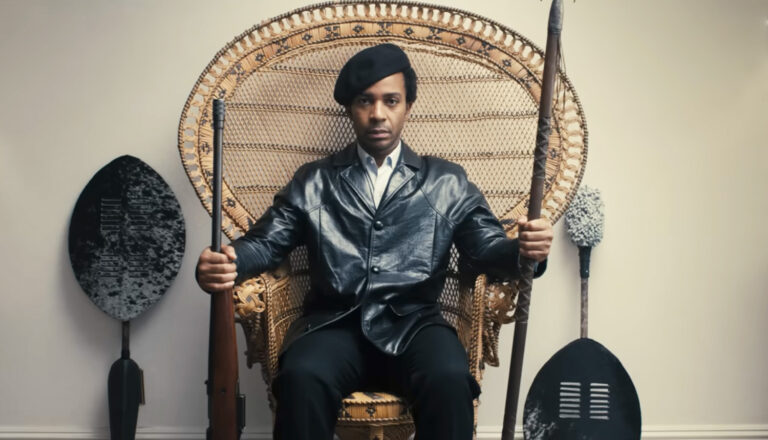
The Big Cigar’s protagonist, Huey P. Newton, founder of the Black Panthers, is suspicious of Hollywood. In that, Plugged In would agree.
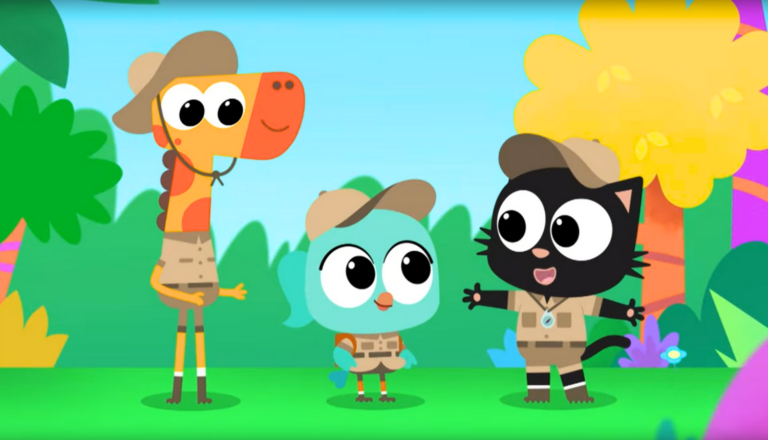
Milo offers great messages about friendship and trying new things, and it’s free of most anything parents would find concerning.
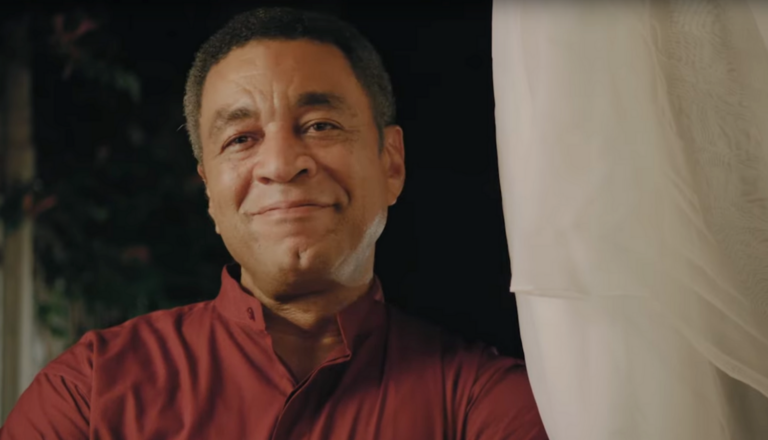
People from all walks of life learn lessons from God Himself that will change their lives.